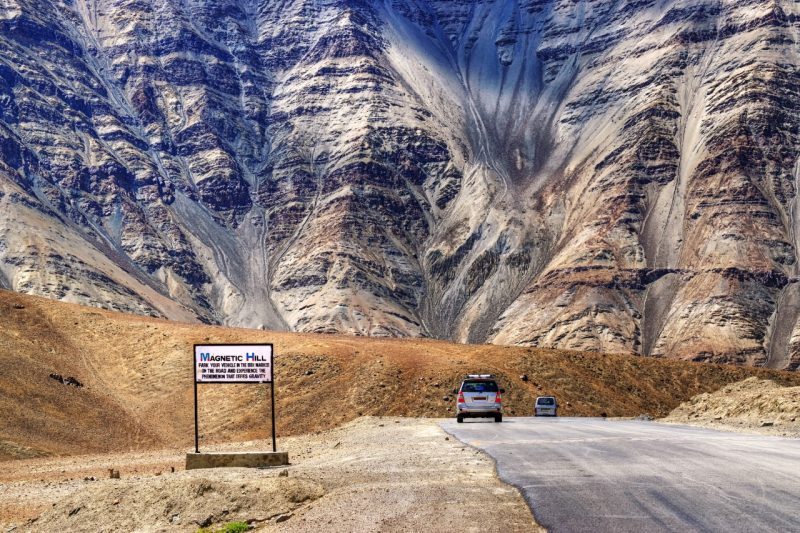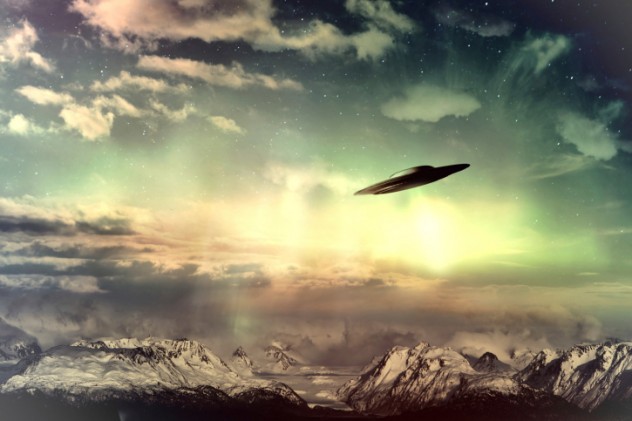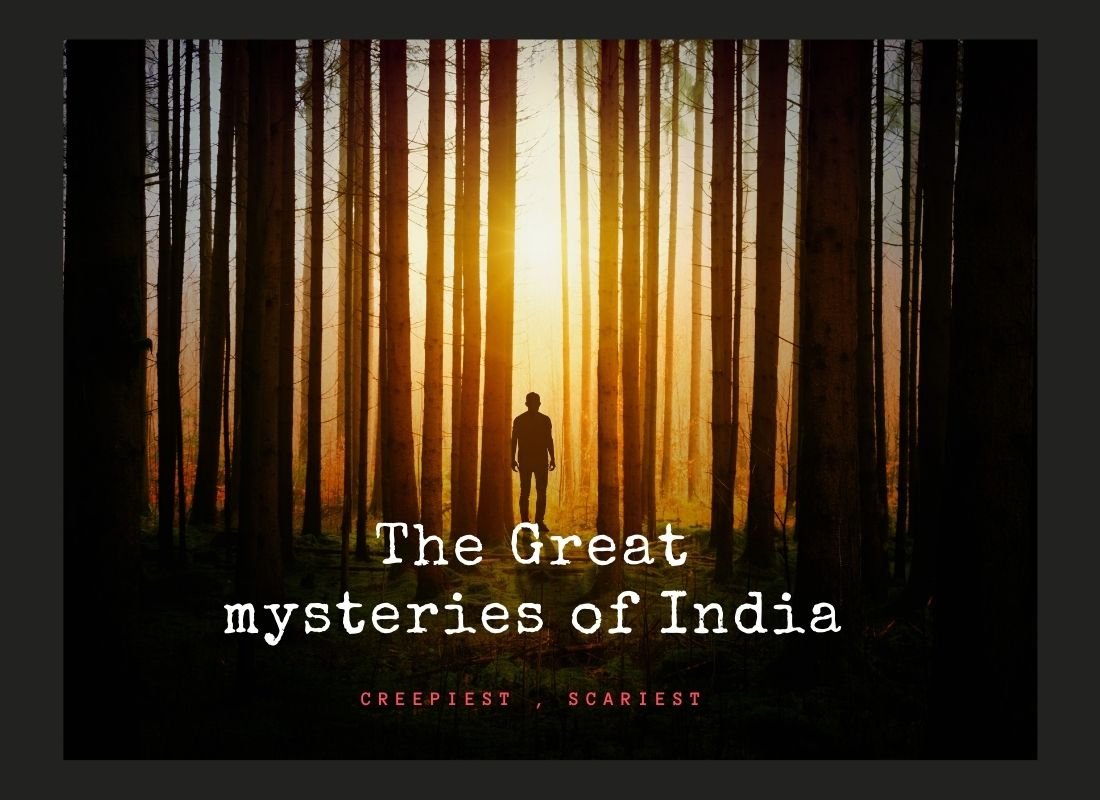India is one of the world’s most intriguing countries. Its rich mythology, enormous size, and numerous cultural oddities provide fertile ground for a plethora of bizarre tales and legends. Some are obviously fakes, while others are unusual enough to be true, and still, others are so bizarre that they could alter our entire vision of the world.
unsolved mysteries in india – mysteries of indian history
The Great Taj Mahal Conspiracy

Photo by VARAN NM on Pexels.com
The Taj Mahal is without a doubt India’s most famous—and possibly most beautiful—building. This beautiful white marble structure, considered one of the world’s contemporary wonders, was built by Mughal emperor Shah Jahan as a tomb for his departed wife. Wasn’t it?
Some beliefs claim that the Taj Mahal was never the architectural expression of eternal love that history recalls it to be. Instead, some evidence implies that the structure is around 300 years older than its ostensible. The man behind this notion, New Delhi professor P.N. Oak, believes that the structure was never intended to be a mausoleum. He claims it is truly Tejo Mahalaya, an ancient Hindu temple dedicated to the worship of the god Shiva.
If this is accurate, it completely changes the tale of the Taj Mahal: instead of building one of the world’s most valuable structures, Shah Jahan would have just decorated an existing temple and dedicated it to his bride. While this may seem far-fetched to those of us who already adore the Taj Mahal, it’s worth noting that the Indian aristocracy has a history of capturing enemy temples and houses and converting them into tombs for their loved ones.
Furthermore, the memoirs of travelers in the area around the time of the Taj Mahal’s alleged construction make no mention of its construction, even stating that the “Taj” already exists as a significant, established structure. Is the Taj Mahal’s reputation as the ultimate symbol of romance based on a massive falsehood perpetrated by sloppy historians and propagandists? The mystery will remain unsolved until the Indian government decides to access the building’s locked rooms so that scientists can adequately analyze them.
The Nine Unknown Men

Photo by Harrison Haines on Pexels.com
The Illuminati is to the Western world what the Nine Unknown Men are to India, but they are even more pervasive and mysterious. According to mythology, Emperor Asoka created this strong secret organization in 273 BC after a devastating battle that claimed the lives of 100,000 men. The Nine Unknown Men were tasked with preserving and developing secret material that would be too deadly in the hands of the uninitiated.
Each of the Nine was given a distinct book of knowledge, which covered everything from propaganda to microbiology. Anti-gravity and time travel secrets are alleged to be held by some of them. Some of this priceless information does occasionally slip out into the public; for example, Judo is claimed to be founded on “leaks” from the Book of Physiology.
The Unknown Men are always nine in number, and their unmasked interactions with the outside world are few and far between. There are many rumors regarding their present and former members, just as there are about the Illuminati. Surprisingly, not all of them are Indian—the Unknown Men are said to be found all over the world, with some claiming to hold high-ranking positions. The prominent 10th century Pope Sylvester II and Vikram Sarabhai, the physicist who founded India’s fledgling space program, are among the Nine Unknown’s rumored members.
The Cursed Village Of Kuldhara

The settlement of Kuldhara had a population of roughly 1,500 people for over 500 years. They all vanished one night. They didn’t die or get kidnapped; they simply vanished. The cause for their hasty departure is buried in the mists of time. Some claim they were fleeing tyrannical rulers’ taxes, while others tell of young lovers and the girl’s enraged father, a powerful figure in the area. Whatever the reason for the villagers’ abandonment, one thing is certain: as they fled, they cursed the region, promising that no one would ever live there again.
Naturally, some people attempted to take over the peaceful, deserted community. According to folklore, everybody who tried died horribly. According to paranormal investigators who have witnessed some weird incidents in the town, some of the people who perished there are supposed to still haunt the place. Whether or not all of this is true, the community has earned a terrifying reputation. It is still deserted, and no one has even considered repopulating it in quite some time.
The Immortal Beings Of The Himalayas

Mountains are natural habitats for celestial and immortal entities in many mythologies. As a result, it’s no surprise that the Himalayas, the world’s most powerful mountain range, is plagued with rumors of enigmatic beings hiding in the valleys. Gyanganj is a well-known legend among practitioners of various New Age soul-searching approaches. It is supposed to be an old Indian and Tibetan story about a city-kingdom of enigmatic eternal creatures who hide from the world but influence it in subtle ways when necessary.
Gyanganj is supposed to be cleverly concealed or perhaps exist in an entirely separate plane of reality, which explains how it has escaped detection by current mapping techniques and satellites. The immortal, enlightened sadhus and mahatmas who reside it, on the other hand, are more than willing to let a guest in now and then, possibly even imparting some of their wisdom. Many powerful gurus and mystics have claimed that visits to this secret location are the source of their occult knowledge.
The Magnetic Hill Of Ladakh

There is a weird hill in the Ladakh region near the Himalayas that is supposed to be magnetic. If you park your car on the road leading to the top of the hill and leave it in neutral, it will automatically roll up the steep road, reaching speeds of up to 20 kilometers per hour (12.4 mph). This magnificent natural—or, as some travel books will tell you, supernatural—the phenomenon is known as a “Himalayan marvel” and is a popular tourist destination for visitors to the region.
The real story behind Ladakh’s “Magnetic” Hill is quite amazing, but not quite as mysterious. It’s essentially only an optical illusion caused by the area’s unusual geology. The mountains, road, and slope are all positioned in such a way that the area appears to be steeply uphill, while the route actually travels downhill. As a result, an automobile left in neutral on a given stretch of road will appear to roll upward.
The Jodhpur Boom

The inhabitants of Jodhpur were shocked by a sudden, thunderous explosion on December 18, 2012. It sprang out of nowhere, slamming through the sky like a sonic boom created by an airplane breaking the sound barrier. It was, however, more forceful in nature, sounding eerily similar to a tremendous explosion. The residents were concerned about the noise and inquired about it, but it was quickly discovered that no planes had flown over the region and that no explosions had occurred. The cause of the “Jodhpur boom” remained a mystery.
The strangest thing is that it appears that bizarre, unexplained booms occurred throughout the month, from the United Kingdom to Texas. These explosions were heard over a period of weeks, and they were sometimes accompanied by weird green light. A geologist at one of the places even remarked that the booms and ensuing tremors were unlike anything he had ever experienced and that the official explanation that the Air Force was testing a new plane didn’t fit.
Were these weird sounds heard around the world linked in any way? Was it a bizarre new weapon, an alien strike, or just a freak occurrence? Maybe we’ll find out one day.
The Aleya Ghost Lights

Be cautious if your travels take you to Bengal’s wetlands. Aside from the usual perils that a swampland might present, they also have a unique type of paranormal peril: enigmatic lights that try to entice you to your demise. The Aleya Ghost Lights are part of the creepy will-o’-the-wisp family of ghost lights that may be seen all over the world.
They’re luminous spheres that float above the wetlands and entice unsuspecting travelers to follow them. They’re the souls of fisherman who perished in an accident in the area, according to local legend, and anyone foolish or negligent enough to approach them either dies or becomes insane.
Modern science has just recently been able to answer the puzzle. The gases created by the rotting organic materials in the wetlands are what give Aleya her frightening ghost lights. Oxidation and ionization effects create an alarming photon glow in the air once it rises to the surface and comes into touch with oxygen. The lights are different colors depending on the gas, which generates a multiplicity of varied colored ghost lights, adding to the spooky beauty of the event.
The Village Of Twins in Kerala

Kodinhi, a small town in Kerala, hides a mystery. It’s not a particularly well-kept secret—in fact, it’s rather difficult to overlook. The town is known for having an unusually high number of twins. Despite the fact that Kodinhi has just about 2,000 families, there are 250 sets of twins legally recorded there. Indeed, there could be a lot more—experts believe that there are up to 350 sets of twins in the area.
It gets weirder. The number of twins born in the community is expected to be increasing every year, and no one understands why. This is even the more amazing given the rarity of twins in India, where four out of every 1,000 births are twins. The rate in Kodinhi is 45 per 1,000 births. Doctors are baffled as to what is causing this bizarre occurrence. The reason is that there must be some unidentified hereditary element at action, or that it could be something they ingest. The Village of Twins will remain one of the oddest mysteries of perhaps the most mysterious place on the planet until they find out for sure.
Shanti Dev

In the 1930s, Shanti Devi was born into a lovely Delhi household. She, on the other hand, did not remain content for long. She began arguing that her mother and father were not her true parents when she was four years old. She claimed her real name was Ludgi and that her real family lived in a distant city. She claimed to have died while giving birth to a kid and detailed details about her spouse and family. Shanti’s frightened parents set out to discover if there was any truth to their daughter’s bizarre allegations, and what they discovered was extremely terrifying.
At the time and at the town Shanti mentioned, a young woman named Luigi Devi had died in childbirth, and the family and relatives she described were quite real. When she finally met her “husband from another life,” she recognized him right away and acted as if he were her child. The newspapers were quickly fascinated, and authorities as illustrious as Mahatma Gandhi were keeping a close eye on Shanti’s plight. She turned out to be able to remember not just her previous lives, but also the time “in-between lives”—that is, the afterlife.
During these layovers between lifetimes, she claimed to have encountered Lord Krishna. She was able to recall because the Lord tasked her with disseminating the account of her experiences. Shanti Devi went on to become a religious scholar, teacher, and student. She accepted the teachings of all major and small religions for nearly sixty years, attempting to find the universal truth behind them all, which was presumably the great mission she was given. Hundreds of experts and scientists tried to disprove her claims of reincarnation memories, but no one was ever able to do so.
The Kongka La Pass UFO Base

The Kongka La Pass in Ladakh is one of the world’s most inaccessible locations. It is not only located in the Himalayas, but it is also a disputed border area between India and China that has previously been the source of armed conflict between the two countries. As a result, the area is essentially a no-land. man’s It is watched by both countries, but neither patrols it nor occupies it. Perhaps this is why UFOs have chosen the area as their underground base, according to some. According to reports, the Kongka La Pass is home to a number of gigantic, concealed underground structures that UFOs, notably flying saucers, use as a base of operations.
Many visitors and locals have stated that UFOs are a common sight in the area, emerging from their underground lairs and lowering once they’ve completed whatever task UFOs are sent out to complete. According to reports, both the Chinese and Indian governments are well aware of what is going on and may even be helping with the extraterrestrials who are supposed to be piloting the enigmatic airships. Indeed, Google Earth has revealed that some alleged underground entrances are surrounded by what appear to be military facilities.
The Bhootbilli

The Bhootbilli, or “ghost cat,” is a strange creature haunting portions of India, particularly the Pune region. It’s a bizarre cryptid that looks like a mix of a cat, a dog, and a mongoose, and it’s responsible for slaughtering cattle and terrifying the residents. One eyewitness described the monster as “big and broad with a long tail, black in color, with a dog’s face and a mongoose’s back.” It can make long jumps and has at least once leaped into a tree to get away from humans trying to catch it. Despite this, it is supposed to be quite massive and ferocious—it is defined as “smaller than a lion but bigger than a hyena” in size.
Although there have been several sightings of the beast, and people appear to be convinced that the creature stalking them is a terrifying cryptid, it is worth noting that India has a history of exaggerating weird animal sightings. As a result, some scientists believe the Bhootbilli is nothing more than a small civet cat combined with a lot of creativity.
Some more unsolved mysteries on India
The Iron Pillar of Delhi
While the concept of rust-resistant iron became popular in western civilization during the industrial revolution, an iron pillar in Delhi predates such recognized material technology by about a millennium! The Delhi Kirti Stambha, or victory pillar, is a six-tonne iron structure that was built in the 5th century and has survived the test of time without succumbing to rust. Scientists have been astonished by the science of this pillar, mainly since such superior rust resistance technology was regarded to be unknown anywhere in the globe at the time.
The village without locks and doors
If you visit the village of Shani Shingnapur in Maharashtra, India, your first impression will be that it is somewhat perplexing. Even today, no home in the town has a lock or even a door, and residents leave their valuables and jewels out in the open. But the most perplexing component of this puzzle is that there hasn’t been a single theft report in almost 300 years.
Legend has it that the settlement is guarded by the Hindu deity Shani (representative of the planet Saturn), and that any thieves who attack it will be punished immediately by losing their sight. The tradition is so strong that the village even boasts ‘lockless’ banks and police stations!
The City of immortals
Gyanganj is known as the “City of Immortals.” Isn’t it astounding? India is extremely fascinating for possessing such mysteries. Because of its geographic boundaries, the Himalayas are associated to a number of enigmatic stories. This location is claimed to be the city of enigmatic eternal creatures, according to ancient Tibetan and Indian legends. People are unable to visit or learn about its existence. Furthermore, it is thought that this location has camouflaged itself so well that no modern technology will be able to help you find it. Many mahatmas and sadhus believe that this is the spot where one might obtain ultimate knowledge and tranquillity.
Lake of skeletons
Roopkund Lake, which is roughly 16500 feet above sea level and is also known as the Lake of Skeletons, is located around 16500 feet above sea level. The skeleton remains were originally discovered in 1942, as the hard summer began to melt the ice. A British woodland guard discovered a large number of human skeletons strewn about and floating along the lake’s edge. Initially, the skeletons were thought to be the remains of Japanese soldiers killed during the war, but this theory was debunked in 2004. The remains were unearthed in 2004 and were discovered to date back to 850 AD.
Several explanations have been proposed since then to explain the incident, but people are still looking for answers. During the summer, when the ice begins to thaw, these traces can still be seen.
Mass Bird suicide, Jatinga Assam
Jatinga is a small village in Assam where residents encounter a strange and enigmatic event. The phenomenon under question is mass avian suicide. Every year between September and November, hundreds of local and migratory birds fly and crash into houses and trees for no apparent reason. Scientists have yet to explain this occurrence, and locals continue to believe it is the activity of bad spirits. As a result, Jatinga is a strange place to visit, where a mystery hangs over everyone.



